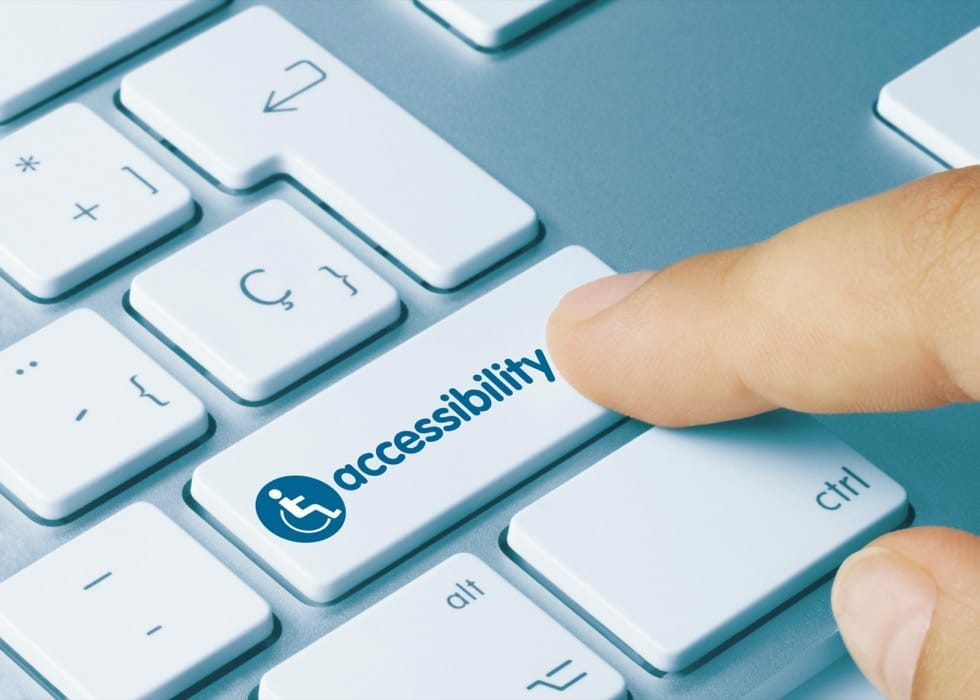Accessibility: The Most Important “Must Haves” In Your Design

Designers and developers create accessible products by using inclusive design principles. Inclusive design builds a highly usable system by actively designing for accessibility, allowing diverse capability users to use technology effectively.
Inclusive design has existed for many years but has often been ignored or deprioritized. However, with businesses increasingly required to meet accessibility standards, designers and developers are now prioritizing application usability and accessibility. This is a good reminder that every person needs to interact with software in a meaningful and efficient way.
Key Takeaways
- What is inclusive design?
- How does inclusive design provide accessibility?
- Discover the top “must-have” design principles for accessibility.
- Learn the ethical and business reasons for designing for accessibility.
This guide explores inclusive design principles and their impact on accessibility, including the top design elements important for accessible design.
What is inclusive design?
Inclusive design refers to design principles that enable users with varying physical, mental, or visual abilities to use an application and achieve their goal effectively and efficiently. Inclusive means design for anyone, anywhere.
In today’s world, people find jobs online, shop online, and take educational or training courses online. Access to medical information and care is increasingly provided online. But if you’re one of the millions of diverse users with physical disabilities, you miss out on technological advances every single day because of poor accessible design.
Top “must-have” design elements for accessibility
Most standard design principles apply to accessible design, but accessible design also requires the designer to consider the following aspects:
- Use legible fonts with responsive sizing options
- Avoid using color to convey meaning
- Provide the user the ability to control automated content
- Make creative use of contrast to enhance the distinction of objects
- Provide alternative navigation options
- Create alternative text descriptions for images, videos, and audio features
- Create responsive pages for flexible viewing sizes across devices
- Design with the understanding that users will change the size of windows
- Provide intuitive interactions and way-finding options
Standard quality design principles important to accessibility also include:
- Consistency
- Understanding user goals
- Establishing a design hierarchy for improved UI consistency
- Ensuring primary, secondary, and tertiary user functions are visually distinct
The ethical and business reasons behind accessible design
Simply put, accessibly designed apps reach more users, and more users translates into additional customers and increased profit. By providing visual-, hearing-, and mobility-impaired users with more options, accessible apps provide everyone with access to technology.
Technology access matters because it’s increasingly how we live our lives. Differently abled users shouldn’t experience a technology-based disadvantage because of a lack of accessible or inclusive design. Everyone should have access to the benefits of technology regardless of their physical, mental, or visual abilities. Incorporate accessibility into all projects for greater understanding and equitable access for all users.